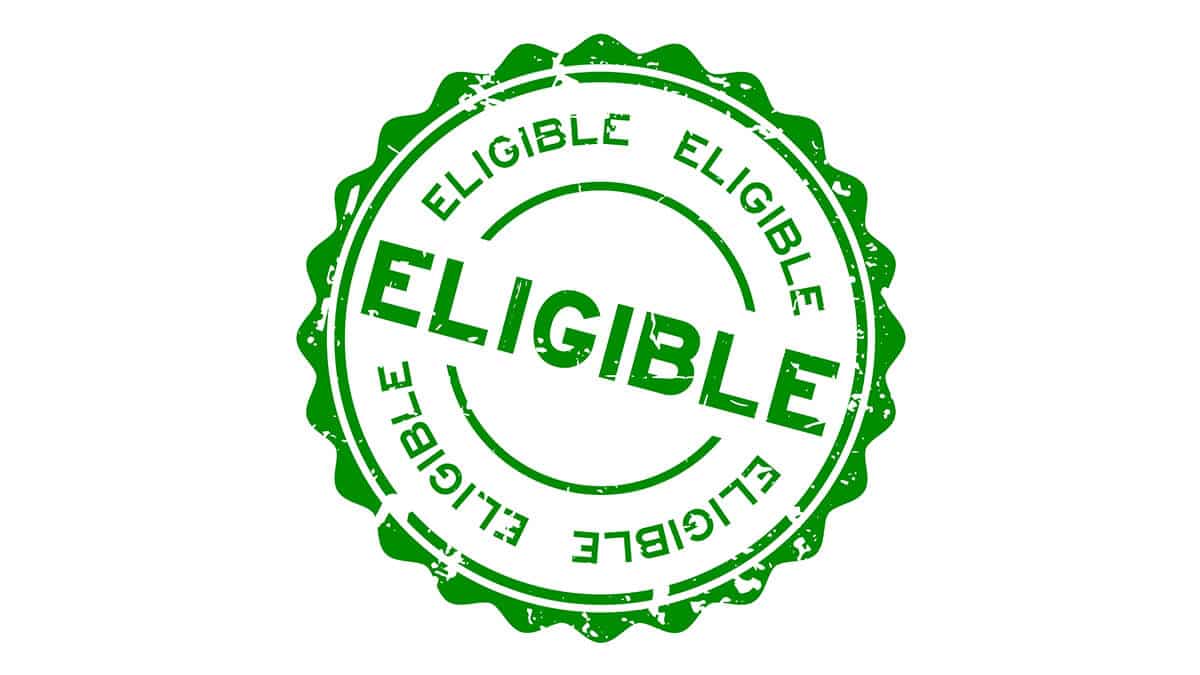In this guide
At five minutes to dawn, so to speak, the Government’s Retirement Income Review has found that further increases in employers’ compulsory super contributions would come at the cost of wages.
What’s more, it argues that the current level of compulsory contributions is enough for most retirees to enjoy their pre-retirement standard of living, with one proviso. And it’s a big one. We need to be prepared to draw down more of our capital in retirement and tap into the equity in our homes.
Before we get into that, a bit of background.
Opposition to super increase mounts
As things stand, compulsory super contributions (called the Superannuation Guarantee or SG) are scheduled to increase from the current 9.5% of wages to 10% on 1 July 2020. Further incremental increases are scheduled to lift the SG to 12% by July 2025.
| Period | Super guarantee rate |
|---|---|
| 1 July 2002 – 30 June 2013 | 9.00% |
| 1 July 2013 – 30 June 2014 | 9.25% |
| 1 July 2014 – 30 June 2021 | 9.50% |
| 1 July 2021 – 30 June 2022 | 10.00% |
| 1 July 2022 – 30 June 2023 | 10.50% |
| 1 July 2023 – 30 June 2024 | 11.00% |
| 1 July 2024 – 30 June 2025 | 11.50% |
| 1 July 2025 – 30 June 2026 and onwards | 12.00% |
Source: ATO
The increase to 10% has been hotly contested as the start date looms and the economy has been dragged into recession by the pandemic.
This year, modelling by the Grattan Institute, Treasury and the Reserve Bank has supported employer groups’ claims that any further increase in the SG would stifle economic and wages growth.







